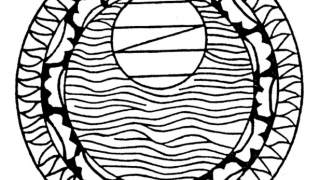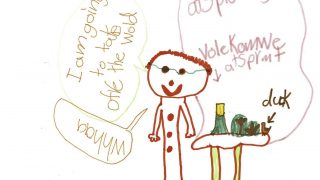
Bilinguals and the theory of mind
Theory of mind is the ability to attribute mental states—beliefs, intents, desires, knowledge, etc.— to oneself and others and to understand that others have beliefs, desires, intentions, and perspectives that may be different to ourselves. Attributing thoughts to others allows one to predict or explain their actions, and to posit their intentions. It enables one […]








